In the age of visual overload, where photos flood our screens by the thousands, certain images still make us stop, breathe, and feel. These are the photographs that do more than document — they transport. They feel like stills from a film. They carry a sense of atmosphere, depth, and emotion that goes beyond the surface. That’s the essence of cinematic wedding photography.
1. It’s About Mood, Not Just Moments
A cinematic photo doesn’t just capture what happened. It reveals how it felt. Whether it’s the soft tension in a bride’s fingers as she waits, the diffused light falling on her veil, or the silence just before vows are exchanged — cinematic wedding photography is about emotional atmosphere. It’s a way of storytelling that gives space to the quiet and the unsaid.
Rather than chasing smiles and staged kisses, the cinematic eye lingers in stillness. It notices the subtle interplay of light and shadow. It plays with grain, blur, and framing. It evokes more than it explains.
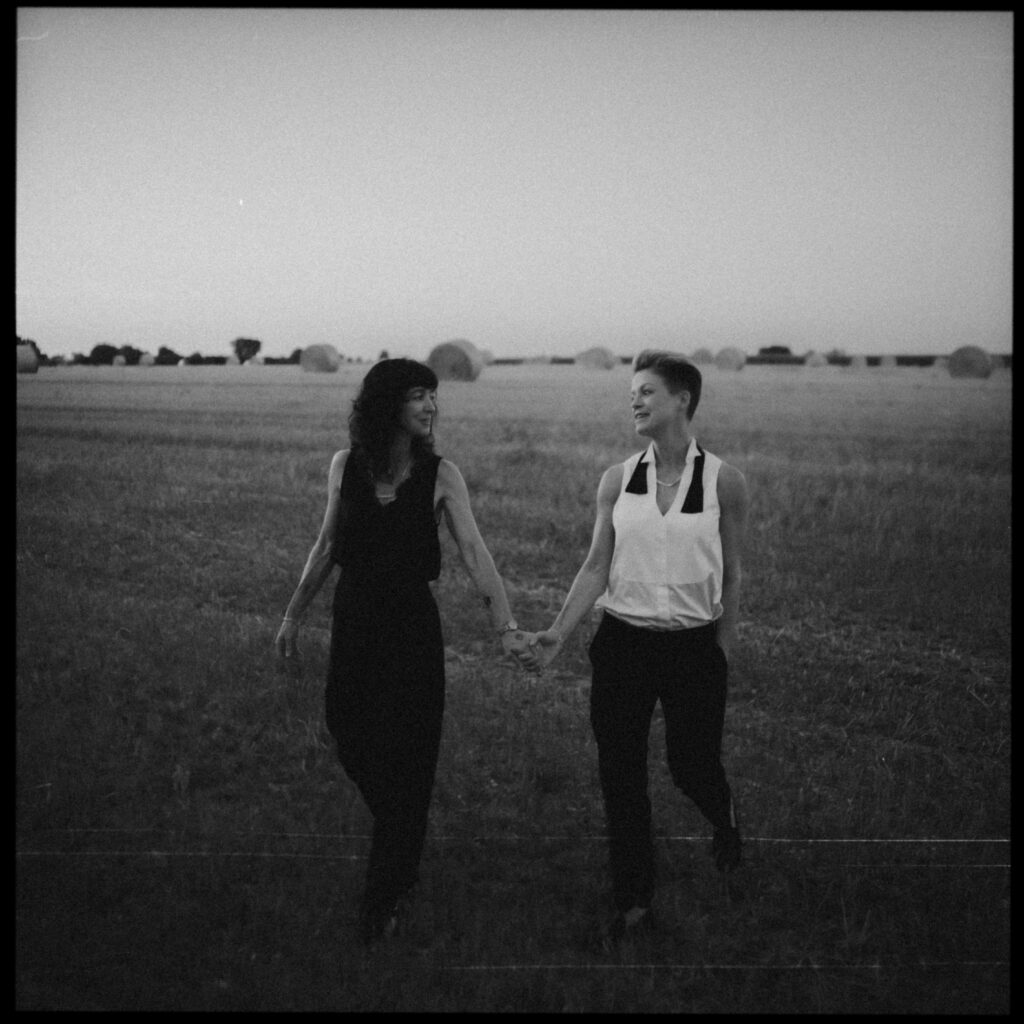
2. Framing Like a Filmmaker
One of the defining traits of cinematic photography is the deliberate use of composition. The photographer becomes a director: choosing angles that enhance emotion, guiding the viewer’s eye, and crafting scenes with visual intent. Wide shots to set the scene. Tight crops to focus on intimacy. Leading lines, negative space, and symmetry all come into play.
Think of your wedding not as a checklist of shots to get, but as a visual poem — one where every frame contributes to the rhythm. Cinematic photographers shoot with that in mind. Each photo is a piece of a broader narrative arc.
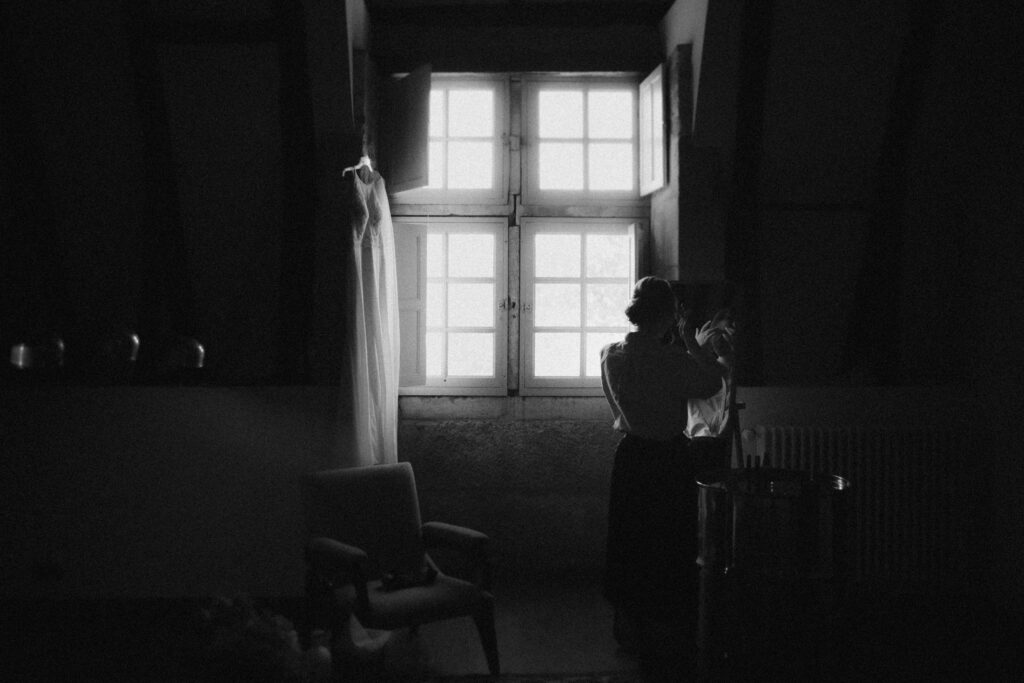
3. Light as Emotion
Light is everything in cinematic photography. Not just how much of it, but what kind. Harsh midday sun can be sculptural. The golden hour can bathe your skin in softness. The blue hour invites nostalgia. And candlelight can transform a dinner into a painting.
Rather than fearing “imperfect” light, cinematic wedding photographers embrace it. They use contrast, flare, backlight, and silhouette to add drama or intimacy. The result? A gallery that feels layered, textured, alive — like scenes from a carefully lit film.
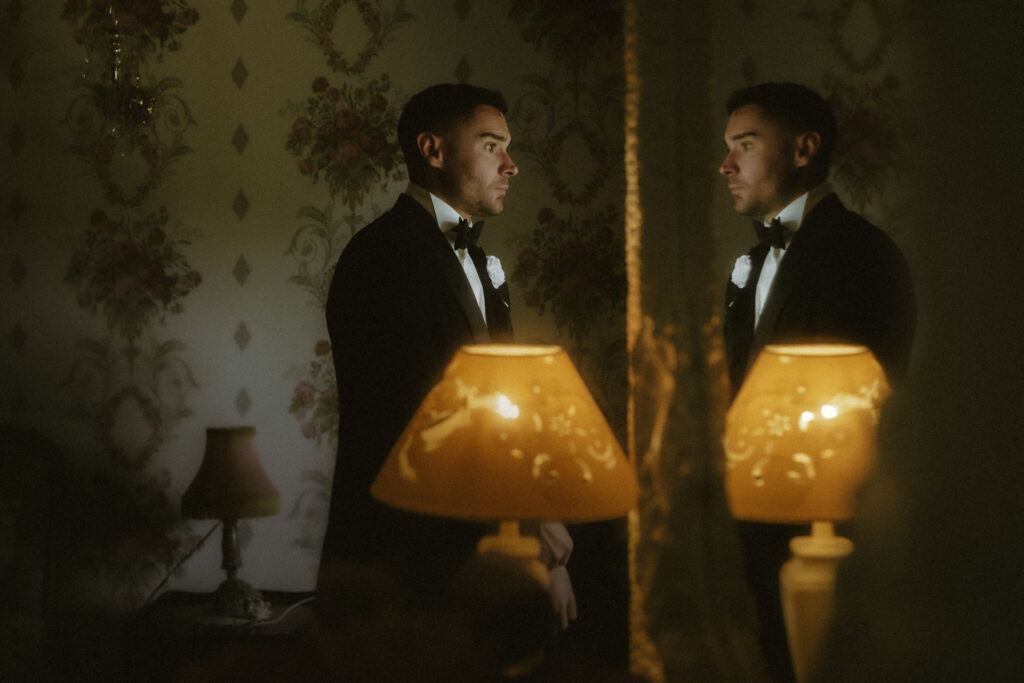
4. Color Grading and Editing
Post-processing plays a key role in enhancing the cinematic feel. Just as filmmakers color-grade their films to reflect tone and mood, cinematic wedding photographers use editing to unify and elevate the emotional palette of the day.
Muted tones, rich shadows, warm highlights, or a slightly nostalgic film look — the goal is not to make your wedding photos look trendy, but timeless. The edit should feel cohesive, authentic, and emotionally aligned with the story you lived.
5. Movement and Imperfection
Blurry hands. A gust of wind. A tear caught mid-fall. These are not flaws — they’re feelings. True cinematic storytelling welcomes imperfection, because real moments are not always crisp and centered. They breathe. They move. They happen once and never again.
By embracing a documentary approach — letting things unfold rather than directing them — cinematic wedding photographers preserve that magic. They don’t chase perfection; they chase presence.
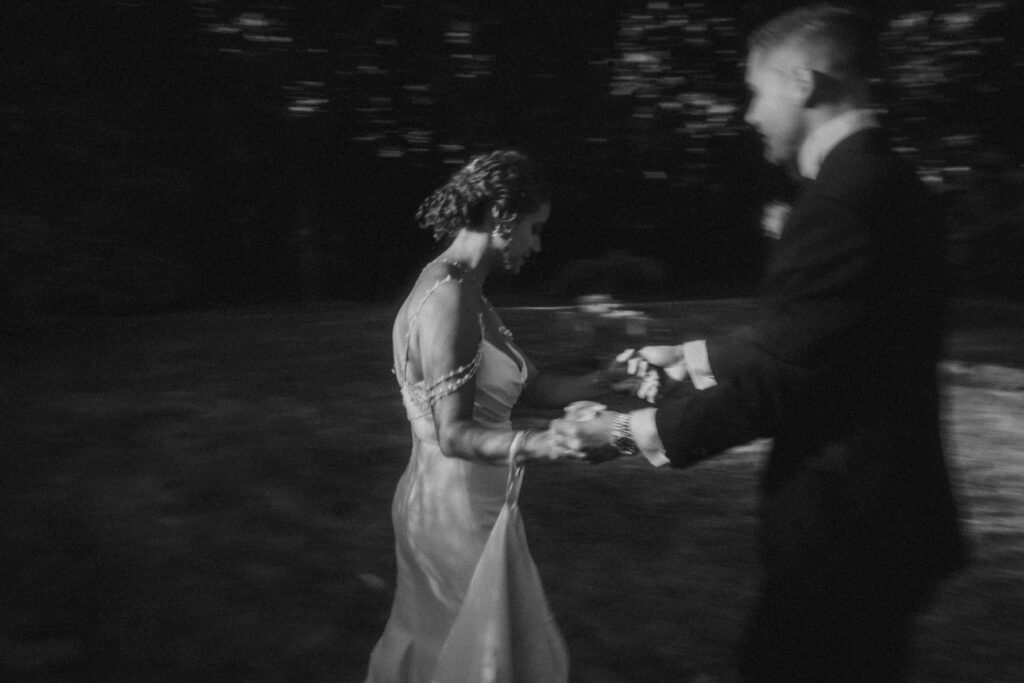
6. A Focus on Narrative Flow
Great cinematic galleries are not just beautiful images strung together. They’re sequences. There’s a before, during, and after. A quiet build-up to the ceremony. A breath between portraits and cocktail hour. A final image that leaves you with a feeling.
When your photos are delivered, it should feel like you’re reliving a story — with rhythm, emotion, and pacing. This is why so many cinematic wedding photographers also create highlight slideshows or use music during viewing experiences. Because story matters.
7. Intention Over Formula
Cinematic wedding photography is not about mimicking a Hollywood blockbuster. It’s about infusing your day with visual intent — seeing beyond the shot list to the soul of the celebration. It means tuning into the atmosphere of your wedding and translating it with care, intuition, and craft.
Whether your wedding is a seaside elopement, a château in France, or an intimate dinner under olive trees in Italy, the cinematic approach adapts. It listens. It responds. It elevates without overwhelming.
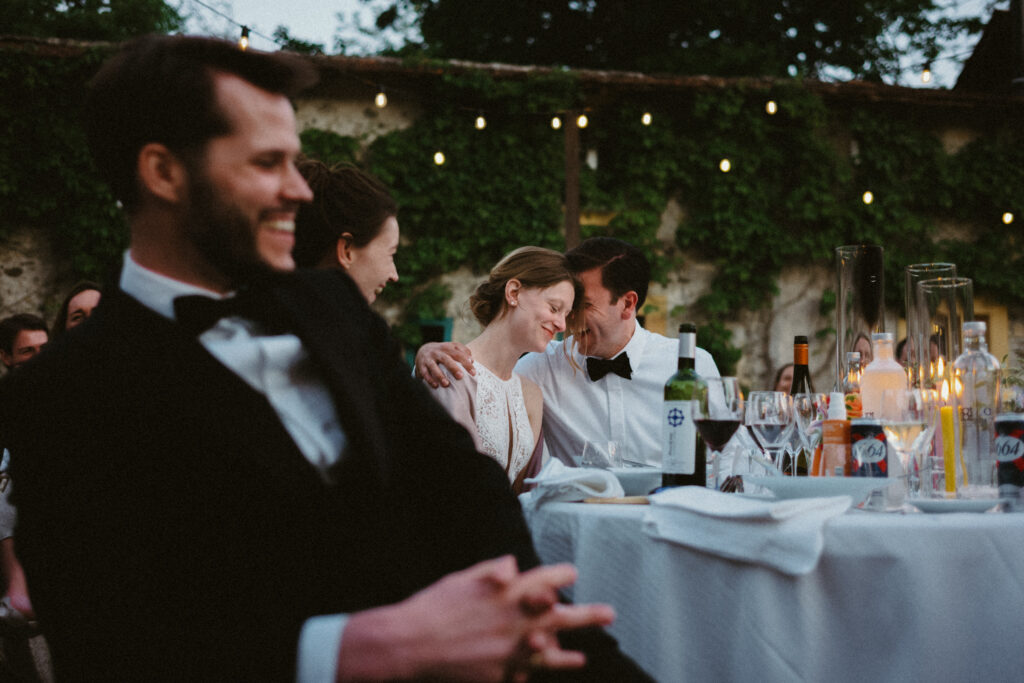
In Conclusion
What makes a wedding photo truly cinematic? It’s not just gear, presets, or dramatic locations. It’s the quiet alchemy of light, emotion, and storytelling. It’s how your photographer sees — and feels — your day.
If you’re drawn to depth, if you want your wedding gallery to feel like a living memory rather than a list of poses, then a cinematic approach might be exactly what you’re looking for.
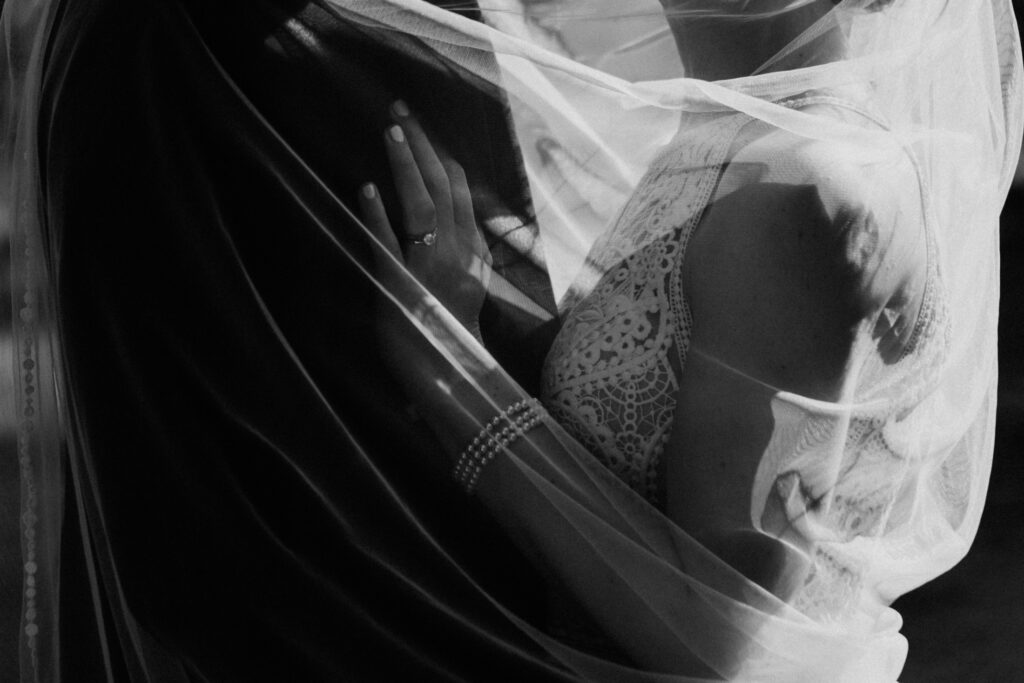
Let’s Bring Your Story to Life
If this approach to wedding photography resonates with you — if you’re looking for images that feel like stills from a film, that carry both elegance and emotional truth — I would be honored to document your story.


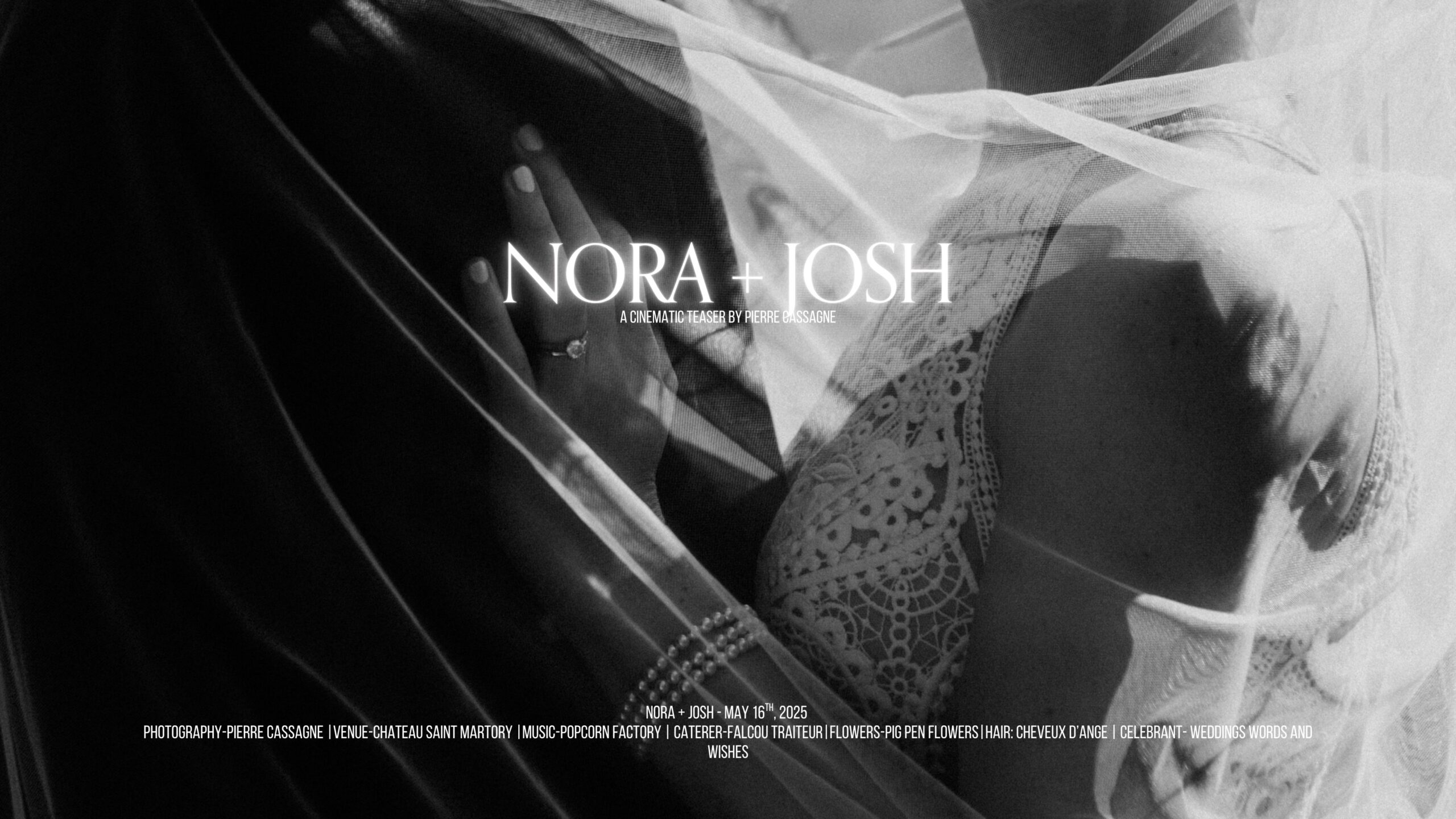
Comments +